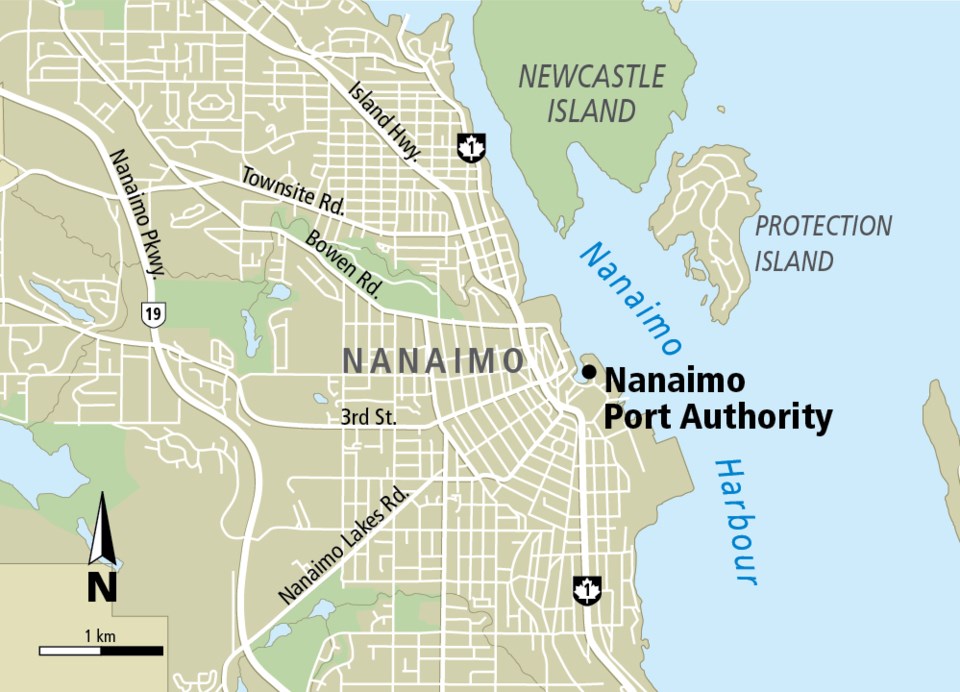New European-built vehicles will be delivered and processed into Canada at a facility being prepared on Nanaimo Port Authority land, in partnership with Western Stevedoring.
“The project has the potential to transform Canada’s import automobile supply chain,” said Ewan Moir, president and chief executive of the port authority.
Instead of loading European vehicles on a train in Eastern Canada for a cross-country trip to the western provinces, ships will carry vehicles through the Panama Canal to Nanaimo. From there, they will be barged across the water to the Lower Mainland or sent to dealerships on Vancouver Island.
“For the first time ever, we will actually deliver European vehicles to Vancouver Island directly,” Moir said Wednesday.
The $18-million project will tackle existing transportation bottlenecks and congestion and is designed to make it easier to deliver vehicles to the west coast.
Nanaimo was chosen because automobile processing centres in the Lower Mainland are already at capacity, Moir said.
Upgraded facilities will create new jobs and open new growth opportunities for Nanaimo’s assembly wharf, where cargo is readied for shipping, said Moir.
The first shipment of vehicles is set for January. Large carriers will drop off between 400 and 500 vehicles at a time, Moir said.
Nanaimo Port Authority is partnering with Western Stevedoring, part of SSA Marine, on the development plan. They will share costs and the port authority will receive revenue through a lease. Figures are confidential, Moir said. The assembly wharf in downtown Nanaimo is located on about 36 paved acres.
Under the first phase of the project, a 60,000-square-foot steel warehouse in the middle of 17 acres will be converted to become the vehicle processing centre to be operated by Western Stevedoring.
Externally, the structure will not look different, Moir said. “Internally is really where the brains of the operation are and that becomes the [vehicle processing centre],” Moir said.
The wharf’s pier will be upgraded to allow for the large specialized cargo vessel bringing in vehicles. Pavement and lighting will be improved.
The second phase will add another 10 acres, meaning the operation could eventually cover 27 acres.
When vehicles pass through the processing centre, they are converted into Canadian cars with required stickers and any needed adjustments. Vehicles are then stored until the dealers call for them to be delivered.
Western Stevedoring is looking at a number of transportation options to carry vehicles across the water to the Lower Mainland, Moir said.
It is expected that the first year of operation would see 12,000 vehicles processed. That number could increase to 50,000 vehicles annually.
Brad Eshleman, president of Western Stevedoring, said the auto terminal operations will create jobs and economic growth for the region.
Plans call for up to 60 jobs to be created initially, rising to up to 110 in the longer term, Moir said.
Under the Panama Canal shipping plan, large carriers would be able to deliver vehicles directly to Mexico, pick up components there, continue on to Los Angeles, and then arrive in the Pacific northwest.



